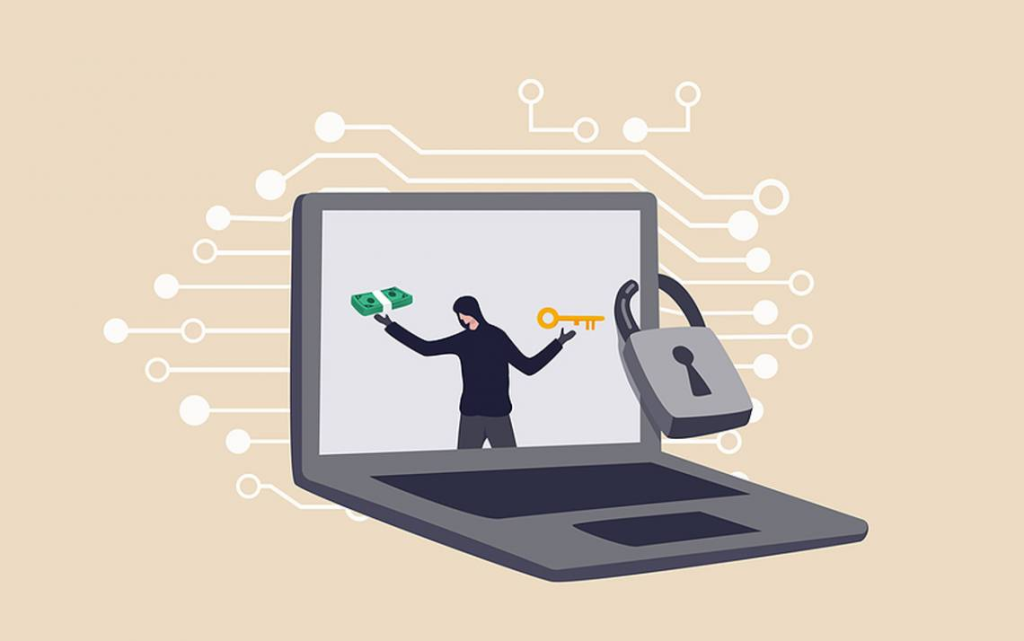Electronic safety, also referred to as cybersecurity or data security, describes the procedures and practices set set up to safeguard electronic assets, data, and systems from unauthorized accessibility, breaches, and internet threats in digital environments. In today’s interconnected earth, wherever companies depend greatly on digital technologies and cloud processing, electronic security plays a crucial position in safeguarding painful and sensitive information and ensuring the strength, confidentiality, and availability of data.
One of many primary concerns of electronic security is guarding against unauthorized access to electronic resources and systems. This implies implementing strong validation mechanisms, such as for example accounts, multi-factor validation, and biometric authentication, to confirm the identification of consumers and reduce unauthorized people from accessing sensitive information and resources.
Also, electronic safety encompasses actions to protect against spyware, viruses, and different detrimental pc software that may compromise the protection of electronic environments. Including deploying antivirus pc software, firewalls, intrusion detection programs, and endpoint protection answers to identify and mitigate threats in real-time and reduce them from scattering across networks.
Another important facet of electronic security is acquiring knowledge equally at sleep and in transit. This implies encrypting knowledge to make it unreadable to unauthorized persons, thus protecting it from interception and eavesdropping. Encryption ensures that even though knowledge is intercepted, it stays protected and confidential, lowering the danger of knowledge breaches and unauthorized access.
More over, virtual safety involves implementing access regulates and permissions to restrict person liberties and restrict usage of painful and sensitive knowledge and programs and then approved individuals. Role-based entry get a grip on (RBAC) and least opportunity maxims are frequently used to make sure that customers have accessibility only to the resources required for their roles and responsibilities, lowering the danger of insider threats and knowledge breaches.
Electronic protection also encompasses monitoring and recording activities within electronic situations to find dubious behavior and possible security incidents. Safety data and function management (SIEM) answers acquire and analyze logs from numerous places to identify safety threats and answer them immediately, minimizing the affect of security situations and preventing information loss.
Furthermore, virtual safety involves regular protection assessments and audits to evaluate the potency of present protection regulates and identify vulnerabilities and weaknesses in virtual environments. By conducting proactive assessments, businesses can identify and handle safety breaks before they can be used by cyber enemies, enhancing overall security posture.
Moreover, virtual security involves constant knowledge and education for workers to raise understanding about cybersecurity most useful techniques and make certain that consumers understand their jobs and responsibilities in sustaining security. Security awareness education applications support employees virtual security identify potential threats, such as for instance phishing cons and social design episodes, and take appropriate measures to mitigate risks.

In summary, electronic protection is essential for guarding organizations’ digital assets, knowledge, and techniques from cyber threats and ensuring the confidentiality, integrity, and availability of information in digital environments. By implementing robust security methods, including access controls, security, tracking, and individual education, agencies can strengthen their defenses against cyber attacks and mitigate the dangers associated with functioning in today’s interconnected world.
